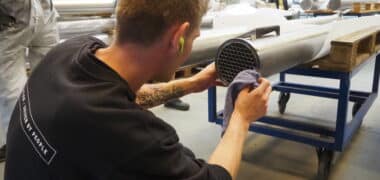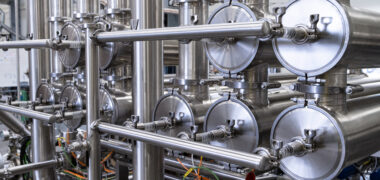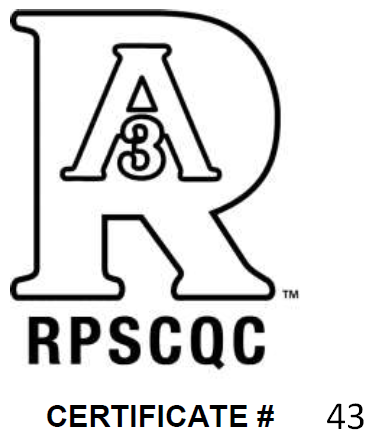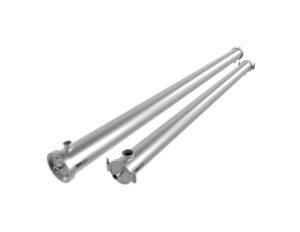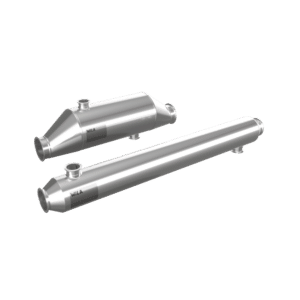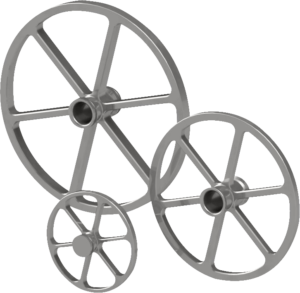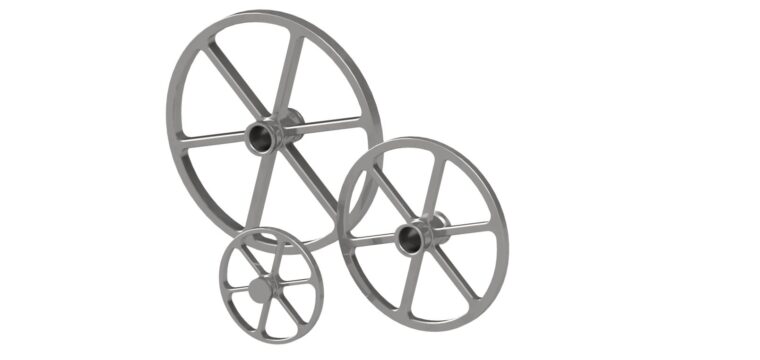
“Right now, we can’t surpass our own ATDs”
Some companies are sending their production to China while Wila has optimized the process and design of their ATDs home in Denmark. This means all the best properties in one product and a flexible production with room for special wishes.
When trying to find the proper Anti Telescopic Devices (ATD) to couple with and maintain the structure in a spiral membrane filter coupling, it may seem like a jungle of possibilities and difficult to know your way around. ATDs are available in various materials, designs, and finish, and which one should you choose?
Wila only produces ATDs of stainless steel. Not only because the material is the company’s specialty, but also because it provides a much more solid product and longer life.
“An ATD made of stainless steel is always a little more expensive than one made of plastic. But then, you only have to buy it once,” says Karsten Krogh Jørgensen, who is the Key Account Manager at Wila.
Optimized Design and Production
Wila has spent many years optimizing both the design and production of its ATDs. We have changed from welding each product to automating the entire ATD production.
“The machinery is able to process all surfaces in order to be 100% sure to observe the optimal smooth surface in accordance with the dairy standards. Earlier, welding had to be very fine in order to avoid a too high degree of roughness, but the small amount of surface that was still left has now been removed completely, and we can ensure completely uniform ATDs,” Michael Rauff Denby, Mechanical Engineer at Wila, explains.
He explains that Wila has worked out two standard ATDs that can be coupled onto most elements. One thing they have in common is the openings in the disc between the membranes.
“We have refined the size of the opening. The bigger the opening in the wheels, the better the flow in the membranes during the food production and improved cleaning afterwards.”
Easy to Enter with the Endoscope
Today, a lot of food-producing companies have a need to examine their systems with an endoscope – i.e. an endoscopy. This is a wish that Wila has taken into consideration in the optimizing of the design of the ATDs.
“The hole in the permeat-coupling is rounder and more open compared with other models on the market so an endoscope can easily move around in the system,” Michael Rauff Denby explains.
More Responsive to Change
The high degree of product optimizing is not only of significance to the design. Karsten Krogh Jørgensen explains that with the new production installation, Wila has increased our manufacturing capacity, which is noticeable all the way from order to delivery.
“We have improved the flow in our production significantly. Some companies are sending their production to China. Instead we have automatized the production in Silkeborg so that we can ensure finish and a high degree of certainty of delivery. This makes us more flexible, when the customers want to put their own stamp on the opening pattern and other details of their ATDs,” he says and concludes:
“Right now, it is not possible to produce a better product than the one we have.”
The Total Features of Wila’s Optimized ATDs
- Maximum opening around the permeation tubes for efficient membrane cleaning.
- High level of hygiene and robust quality stainless steel material.
- Maximum flow area to maximize the membrane surface available in the production.
- Design that facilitates examination of the system with an endoscope.
- Designed up against the guidelines from the 3-A-Sanitary standard
“At Wila A/S, we have a dedicated and skilled staff who perform all tasks with common sense, great professionalism, pride and expertise.”
